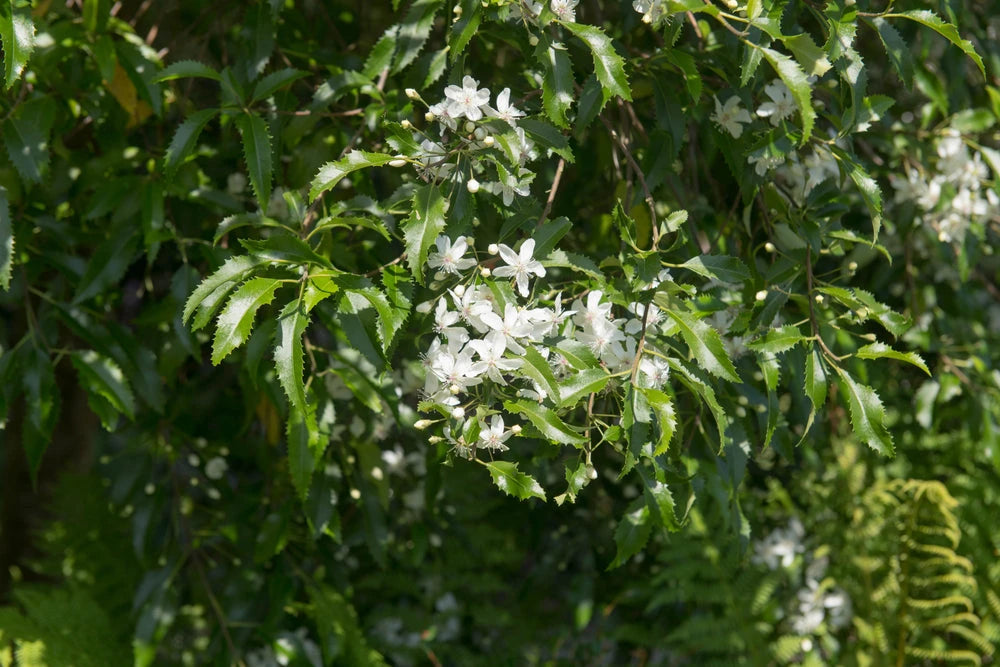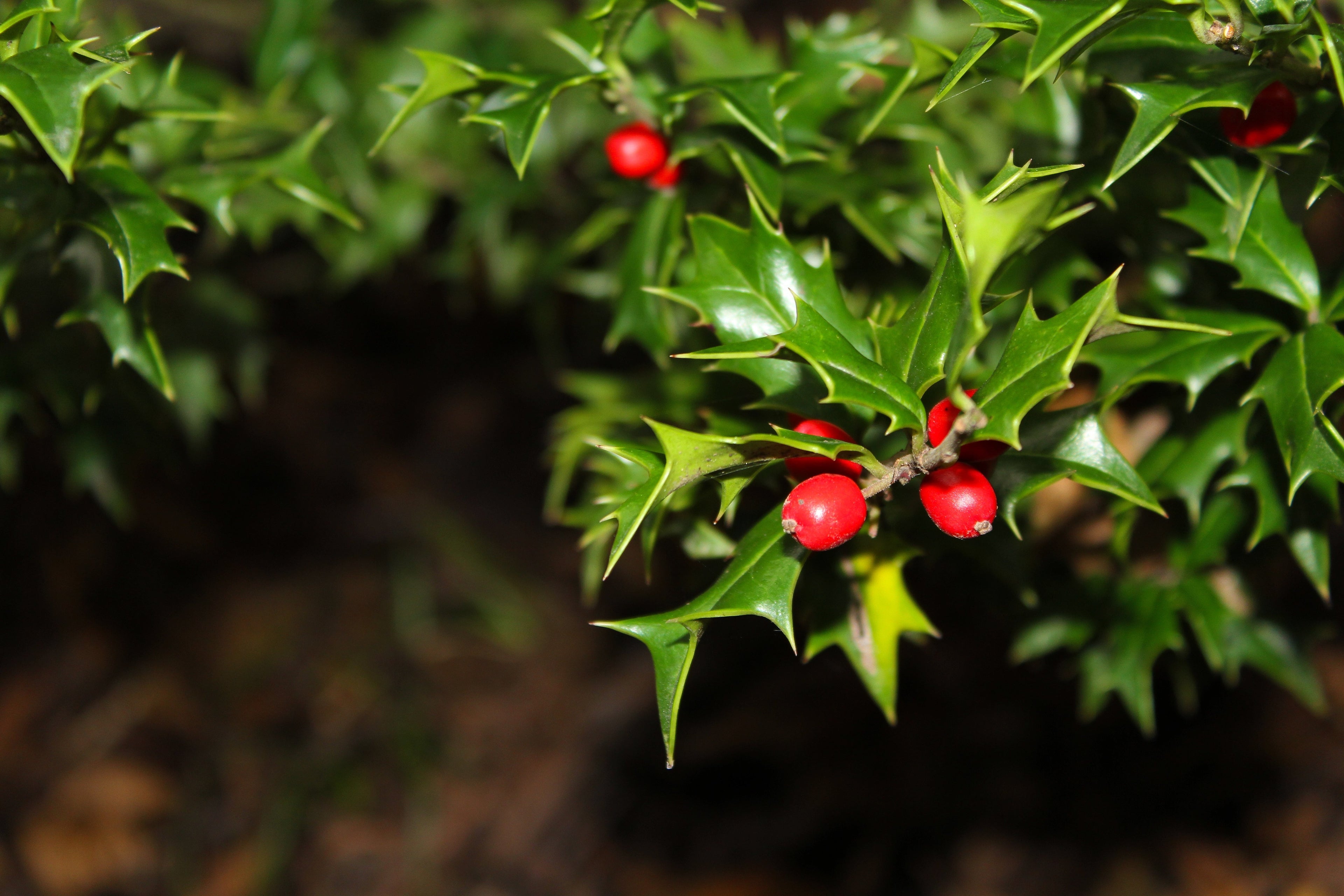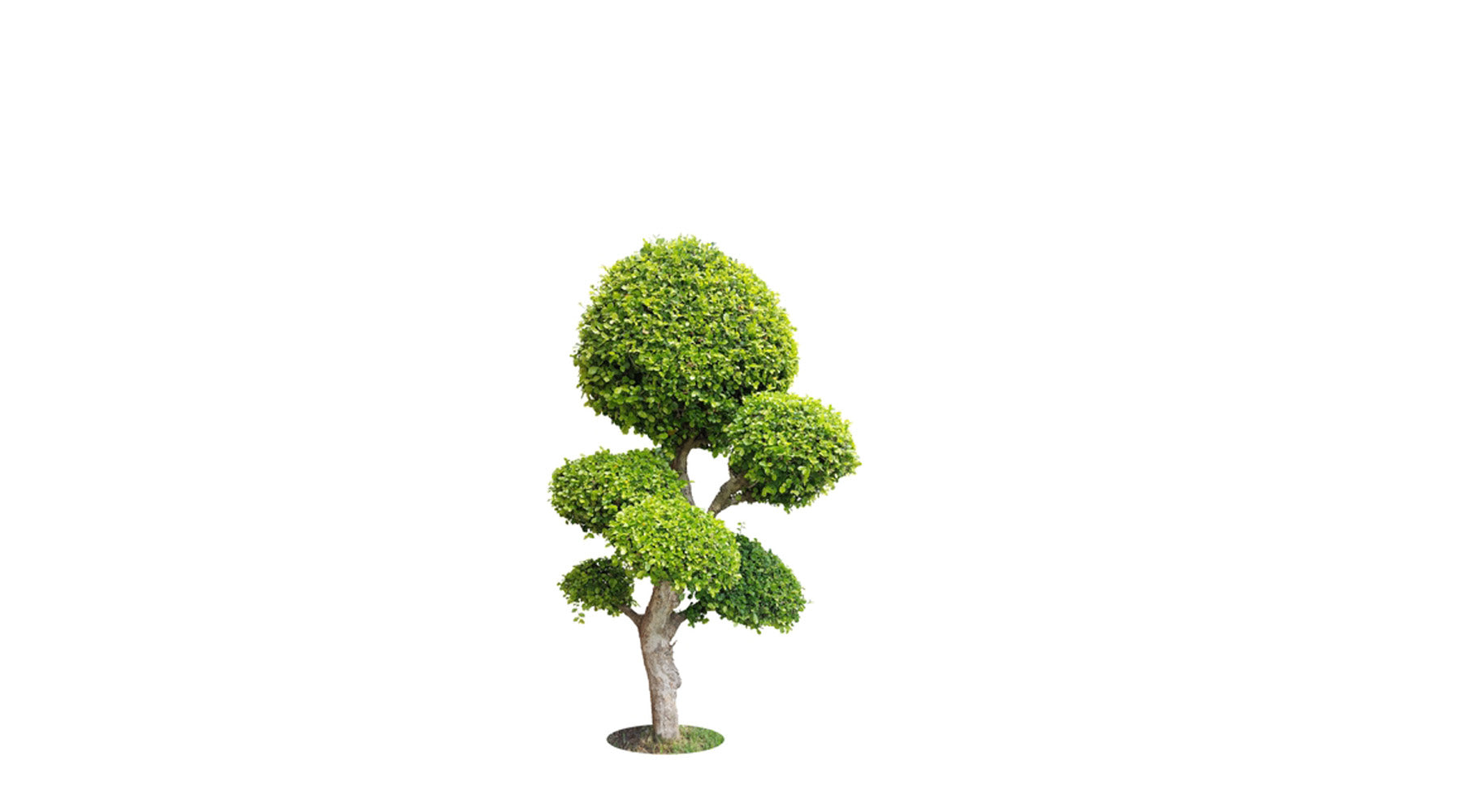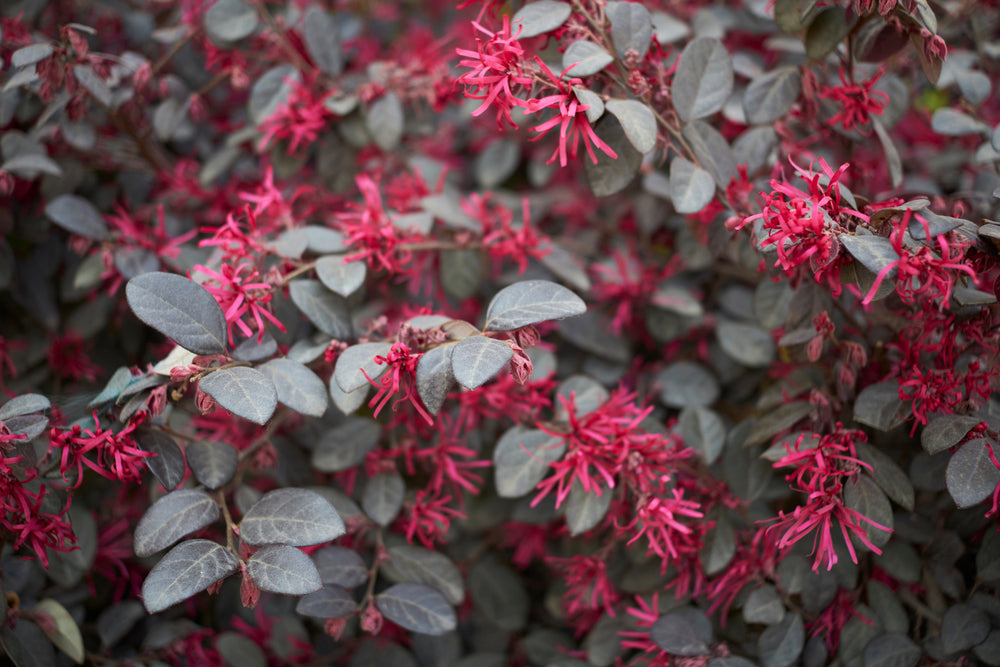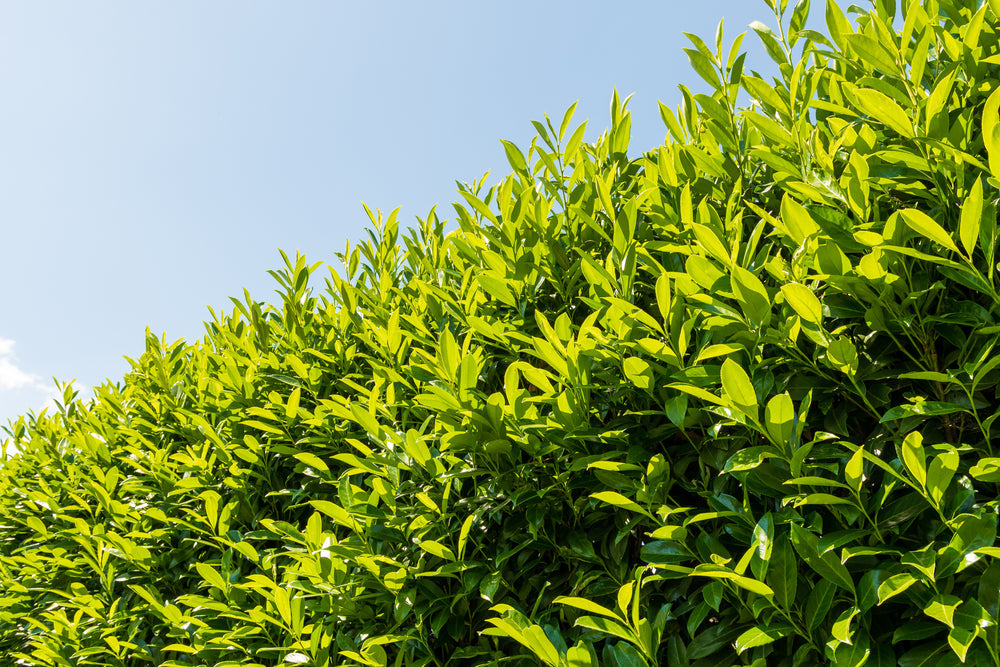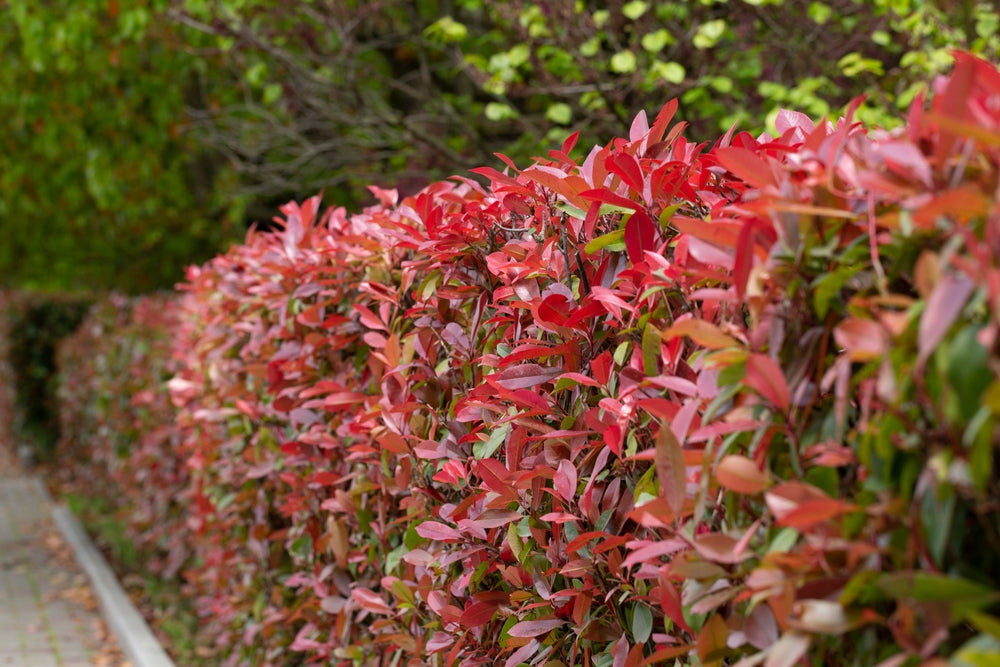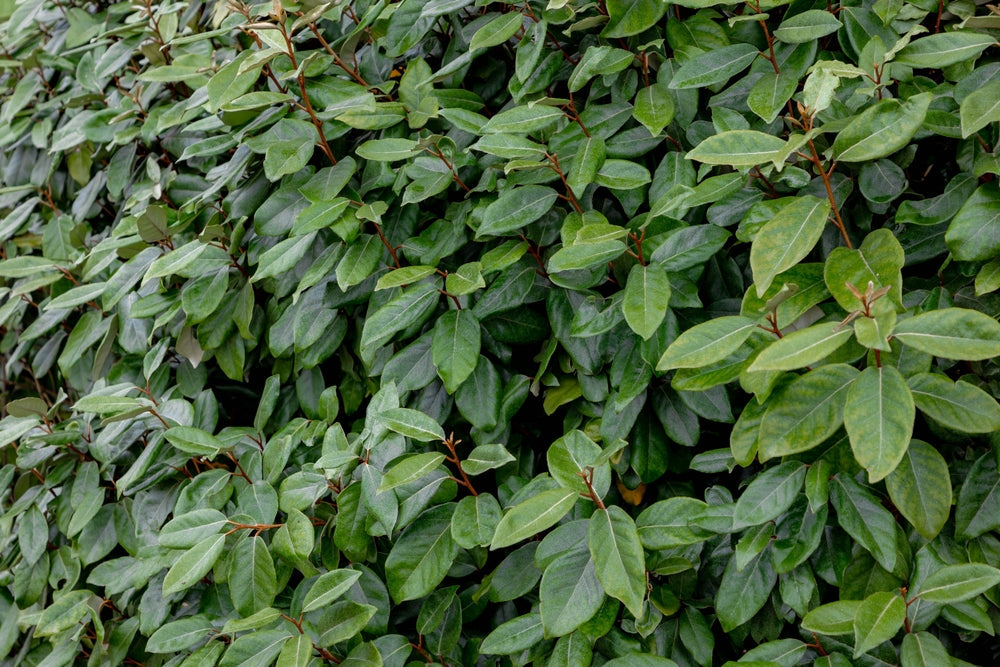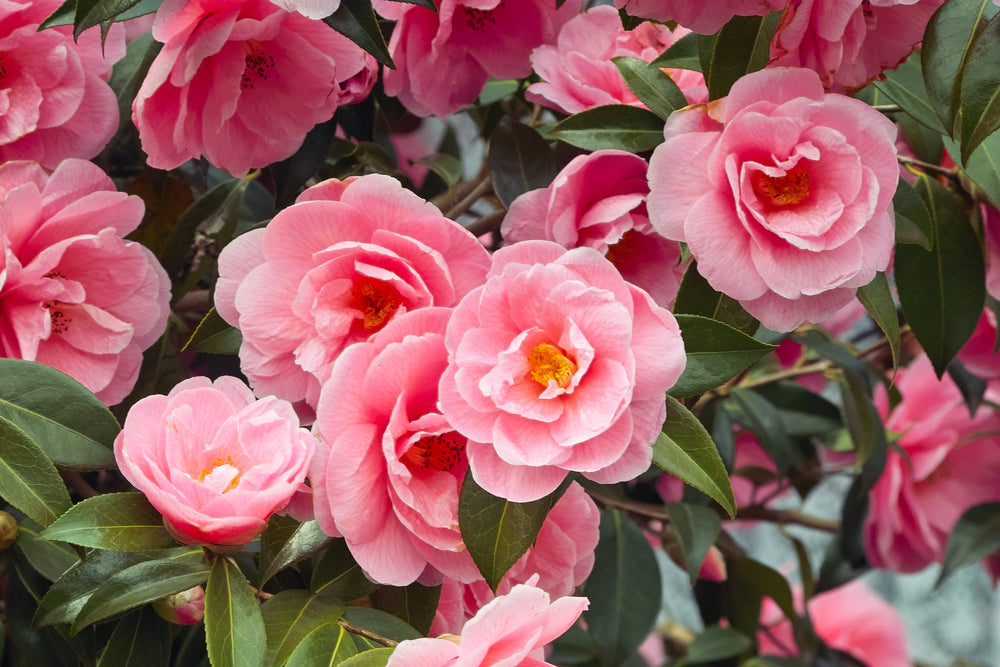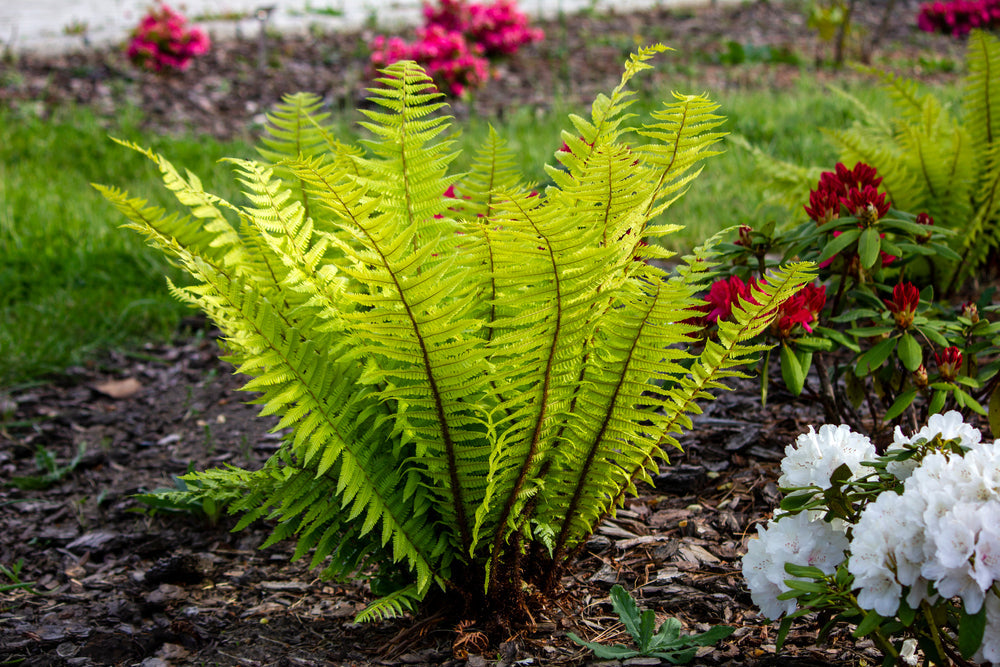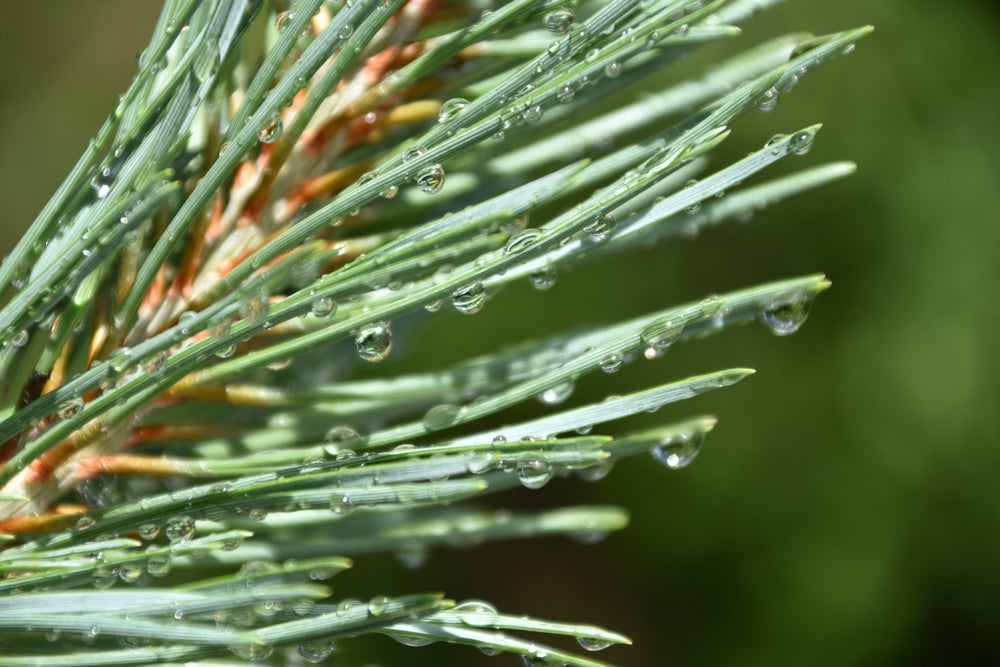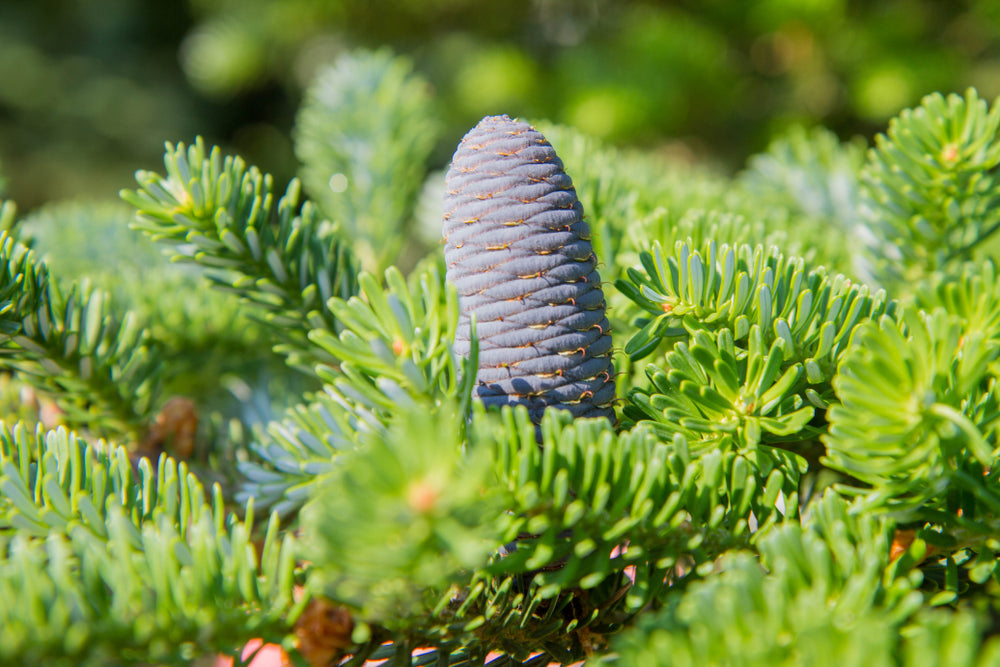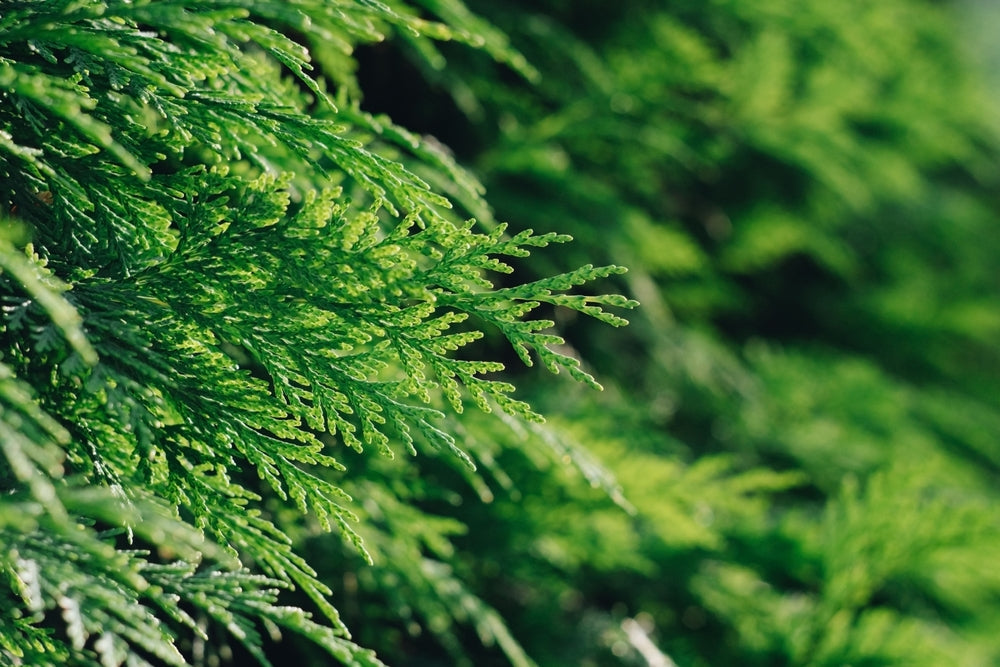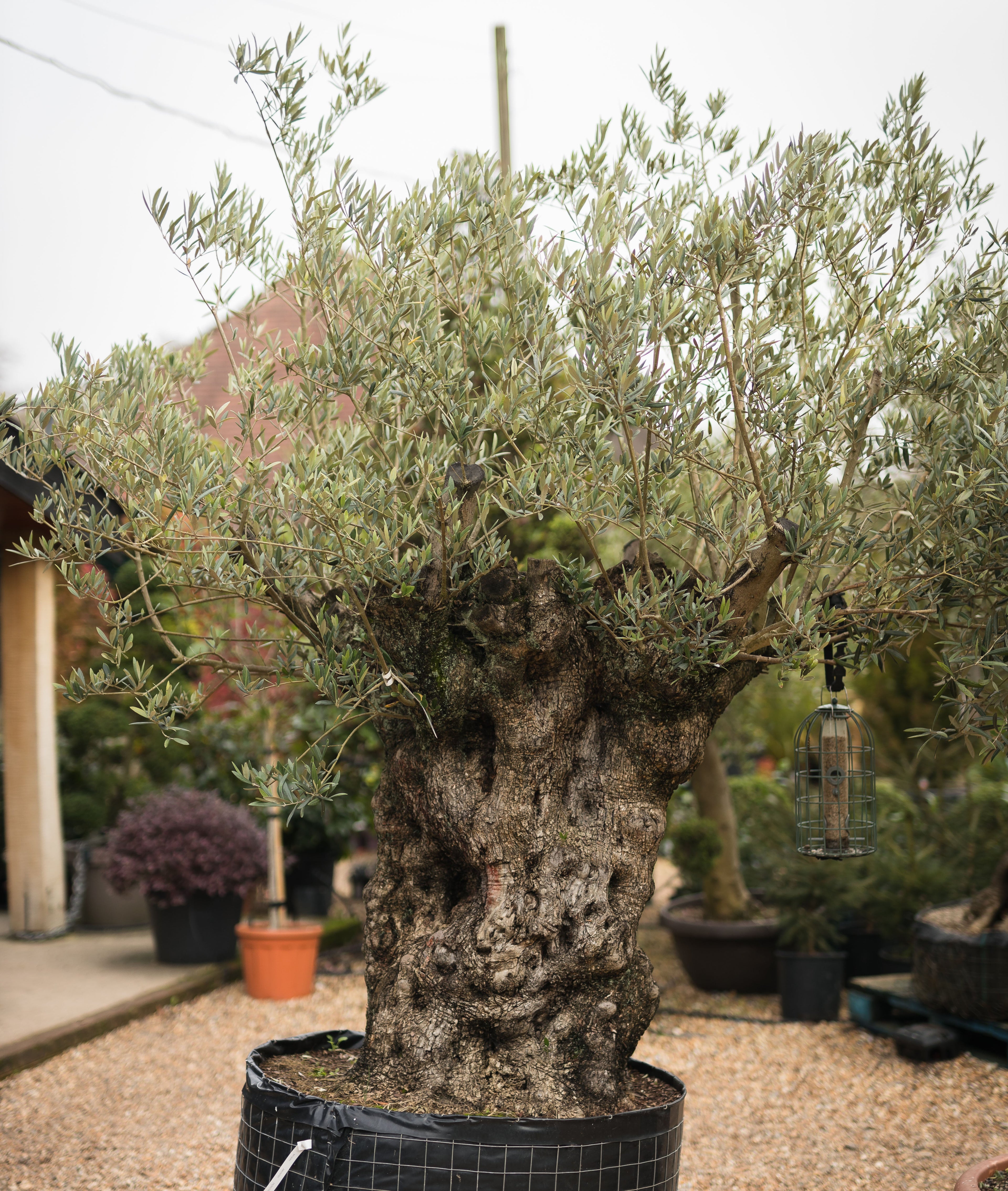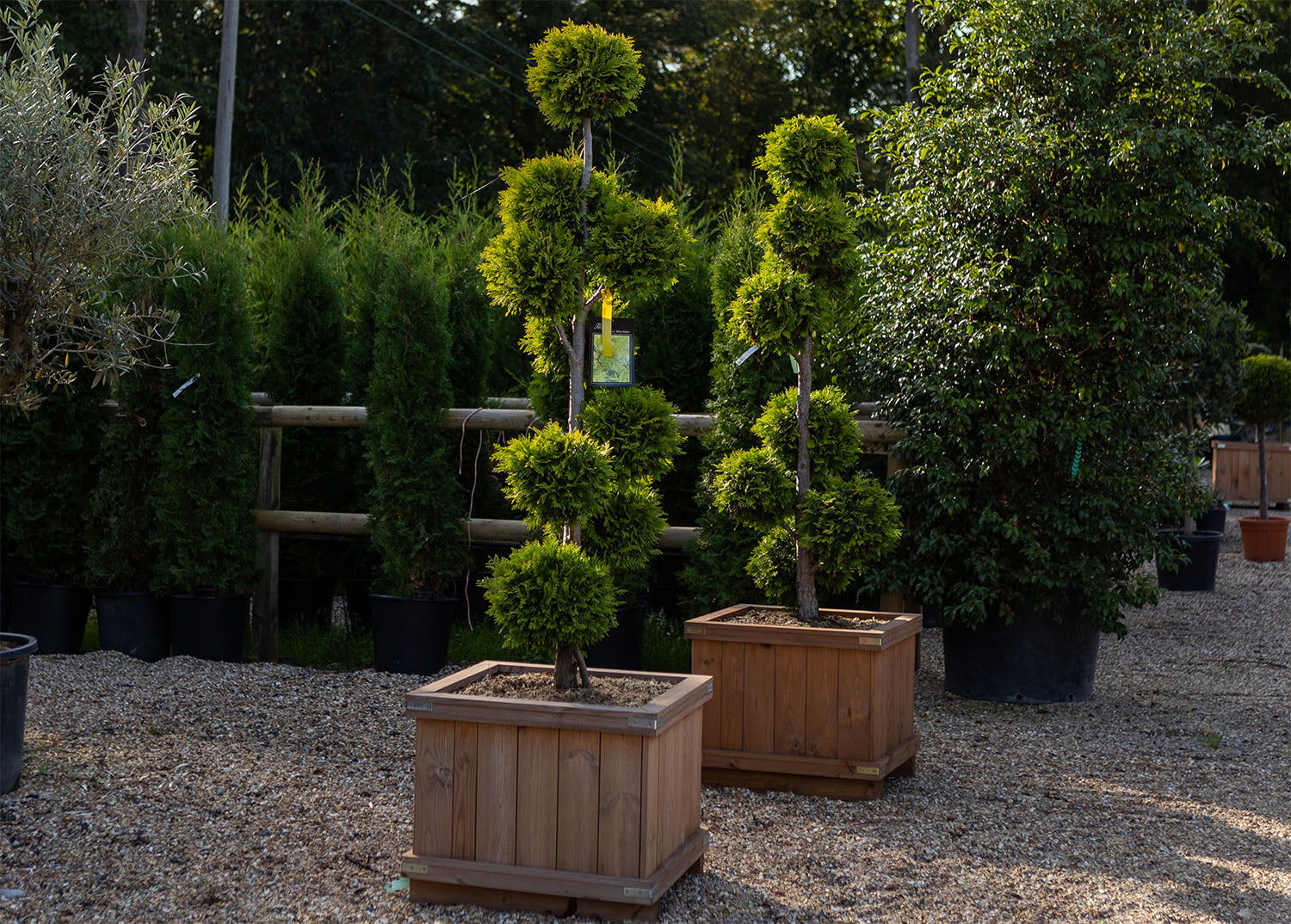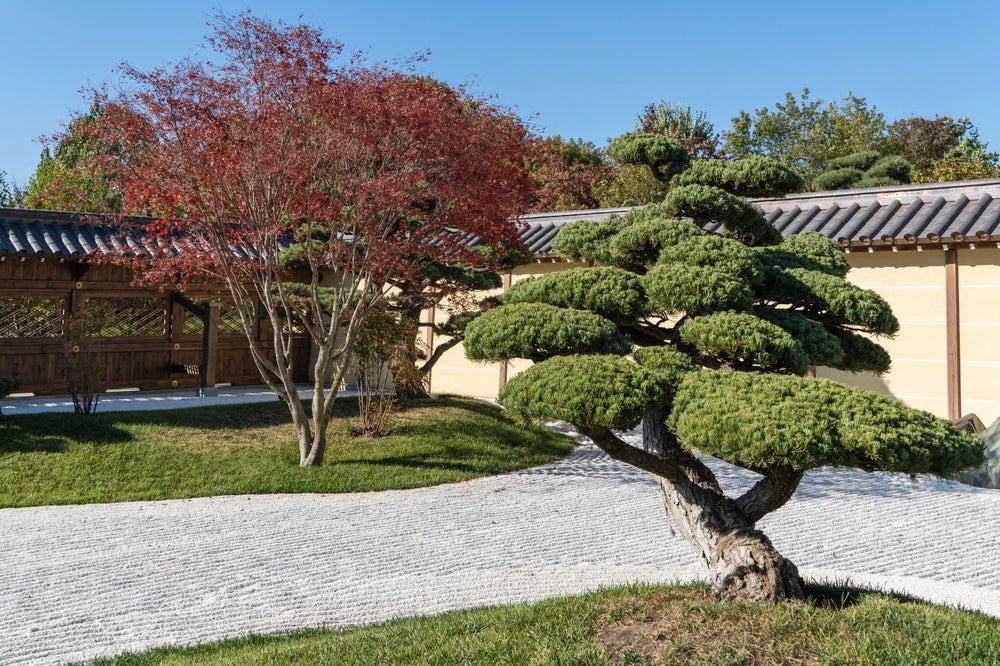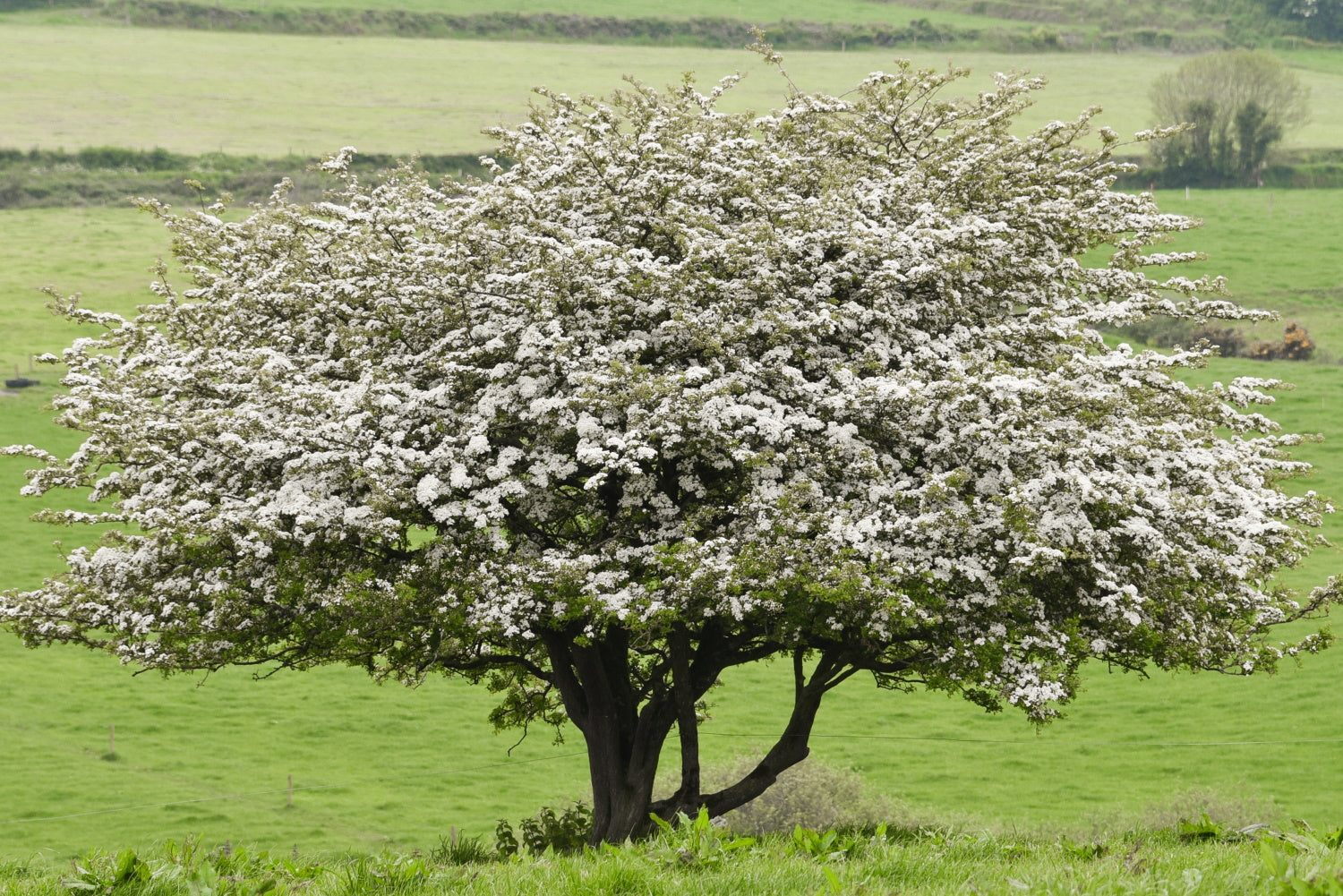
Hawthorn Trees to Consider
If you are keen to plant a deciduous tree that will give stunning spring blossom, autumn berries and be an excellent choice for wildlife then why not consider a variety of Hawthorn (Crataegus)? Not only do some varieties provide a food source for our wildlife, some even produce edible fruits that can be transformed into fruit jellies – but do check which varieties are suitable for this
These trees are classed as being tough and hardy native trees, and there are several varieties to choose from and they all make excellent, specimen trees for your garden. They are also adaptable trees and can cope with urban and coastal planting – but do check before you buy that your chosen tree can withstand coastal conditions.
We have a good selection of hawthorns in stock now, and four you may like to consider include:-
Crataegus laevigata ‘Plena’

Crataegus laevigata ‘Plena’ is a rounded, thorny deciduous tree. It produces masses of scented double white flowers in the late spring\early summer. The oval green leaves turn yellow and red in the autumn. It also produces red berries, which are ideal for wildlife. Crataegus laevigata ‘Plena’ can be planted in full sun or partial shade, in an exposed or sheltered position. It prefers moist, well-drained soil. It has an eventual height of 4-8m and spread of 4-8m.
Crataegus laevigata ‘Crimson Cloud’

Crataegus laevigata ‘Crimson Cloud’ is a beautiful small, deciduous tree. It is a variety of Midland Hawthorn and has sharp thorns on its branches. Crataegus laevigata ‘Crimson Cloud’ has an almost weeping habit. It produces single dark red flowers in the spring. These have a pronounced white eye and are followed by red berries. The green leaves turn yellow and bronze in the autumn. Crataegus laevigata ‘Crimson Cloud’ is a very hardy tough ornamental tree, with an eventual height of 5m and spread of 4m. It will grow in most well-drained soils. It can survive on exposed, coastal (but be aware of how close to the coast you are), polluted and damp conditions. This tree is also good for wildlife.
Crataegus laevigata ‘Paul’s Scarlet’

Crataegus laevigata ‘Paul’s Scarlet’ is a small-medium deciduous tree. It produces double red flowers in the spring. The lobed glossy, small dark green leaves turn red in the autumn when it also produces red fruits. Crataegus laevigata ‘Paul’s Scarlet’ can be grown in full sun and partial shade. It can also be positioned in sheltered and exposed positions and can withstand a little salt wind, so it is a tree that could be considered if you are near the coast. It is a tough tree, good for wildlife, with an eventual height of 4-8m and a spread of 4-8.
Crataegus laevigata ‘Rosea Flore Pleno’
Crataegus laevigata ‘Rosea Flore Pleno’ is a deciduous, small flowering Hawthorn. The tree produces masses of double pink flowers in May. It has dark green, deeply lobed leaves. These turn yellow and bronze in the autumn. The red berries that appear in autumn are good for wildlife. Crataegus laevigata ‘Rosea Flore Pleno’ is a very hardy tree and has sharp thorns. It is an ideal tree for limited space and can withstand difficult conditions. These include coastal, exposed, polluted and damp conditions. This tree has an eventual height of 5m and width of 4m. Crataegus laevigata ‘Rosea Flore Pleno’ can also withstand heavy pruning.
Now is an ideal time to consider planting a hawthorn tree, whilst the blossom is still in abundance – you can really see what you are getting!
We look forward to welcoming you to Arundel Arboretum, one of the leading garden centres in West Sussex.
Share




















